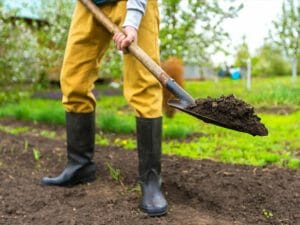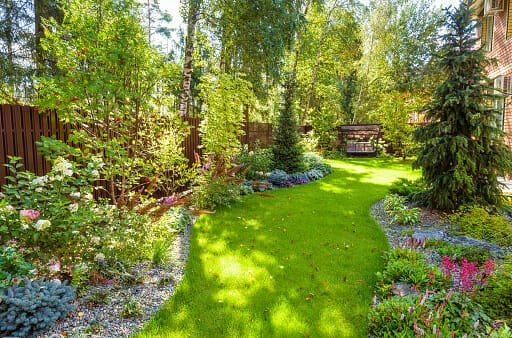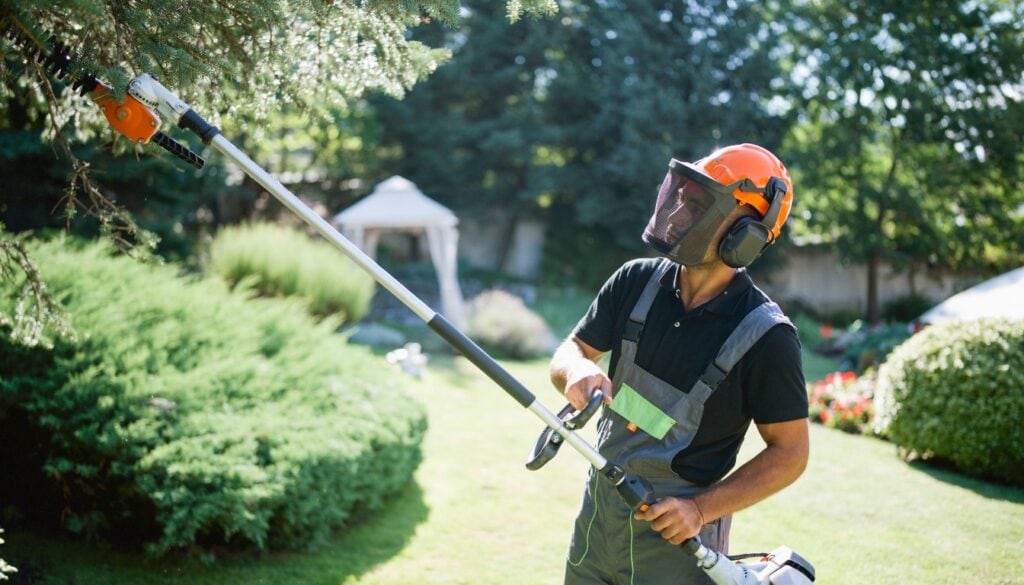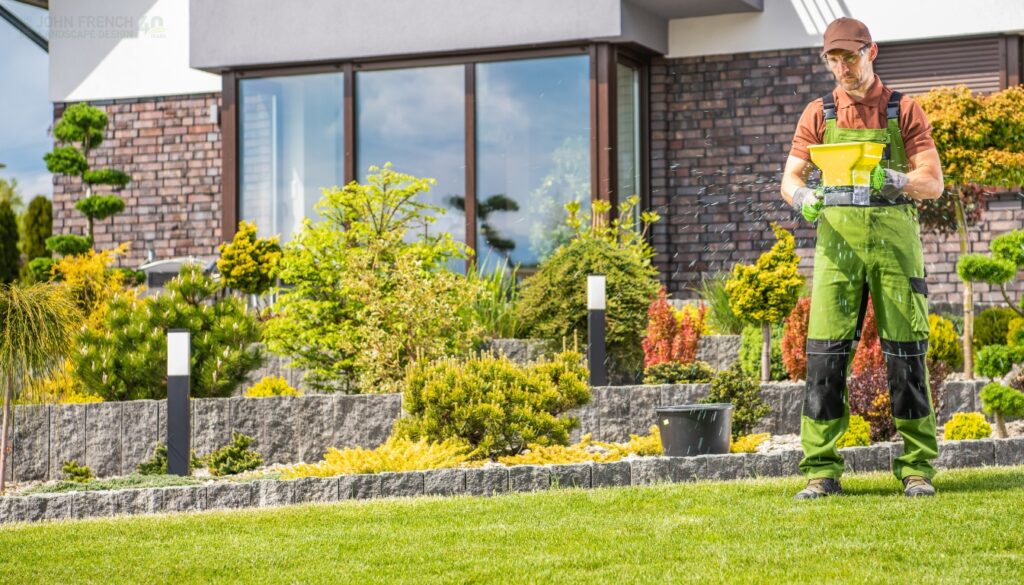The components of landscape design – The Definitive Guide
 Landscape design is an important part of enjoying your outdoor space. By carefully planning and designing your landscape, you can create a beautiful and functional space that will be perfect for your needs. There are many different components that go into creating a successful landscape design, so it’s important to understand them all before getting started. In this article, we’ll walk you through some of the key components of landscape design so that you can create the perfect space for your home.
Landscape design is an important part of enjoying your outdoor space. By carefully planning and designing your landscape, you can create a beautiful and functional space that will be perfect for your needs. There are many different components that go into creating a successful landscape design, so it’s important to understand them all before getting started. In this article, we’ll walk you through some of the key components of landscape design so that you can create the perfect space for your home.
1. Plan your design carefully
One of the most important aspects of creating a successful landscape is careful planning. Before starting any project, it is crucial to take the time to think about your goals and design a plan that will help you achieve them. Consider the amount of space you have to work with, the type of plants you want to use, and how you want the final product to look. Once you have a clear vision in mind, you can start to put your plan into action. Keep in mind that landscapes are constantly evolving, so don’t be afraid to make changes as you go. With careful planning and a little bit of creativity, you can create a beautiful landscape that will provide years of enjoyment.
7 Principles Of Landscape Design
2. Consider the climate and weather in your area
 The climate and weather in your area will have a big impact on what plants will grow well in your garden. If you live in an area with cool winters and hot summers, you’ll need to choose plants that can tolerate both extremes. On the other hand, if you live in an area with moderate weather year-round, you’ll have a much wider range of plant options to choose from. It’s important to consider the climate and weather in your area when planning your garden, in order to ensure that your plants will be able to thrive.
The climate and weather in your area will have a big impact on what plants will grow well in your garden. If you live in an area with cool winters and hot summers, you’ll need to choose plants that can tolerate both extremes. On the other hand, if you live in an area with moderate weather year-round, you’ll have a much wider range of plant options to choose from. It’s important to consider the climate and weather in your area when planning your garden, in order to ensure that your plants will be able to thrive.
For example, if you live in an area with high temperatures and low rainfall, you’ll need to choose plants that are drought-tolerant. In contrast, if you live in an area with cold winters and heavy snowfall, you’ll need to choose plants that can tolerate freezing temperatures. By understanding the climatic conditions in your area, you can ensure that your landscape is both beautiful and functional.
3. Choose plants that will thrive in your area
A beautiful garden starts with choosing the right plants. Not all plants are created equal, and some will simply not thrive in certain conditions. For example, if you live in an area with a hot climate, it is important to choose plants that can tolerate high temperatures and direct sunlight. Conversely, if you live in a cooler climate, you will need to select plants that can survive frost and heavy rains. By taking the time to choose plants that are well-suited to your local conditions, you can create a garden that is both beautiful and hardy. With a little research, you can find the perfect plants for your home, ensuring a garden that will thrive for years to come.
4. Prepare the soil properly before planting
Most landscape designers and gardeners know the importance of preparing the soil before planting. By loosening the soil and removing any debris, you provide the roots with a better environment in which to grow. In addition, you also make it easier for water and nutrients to reach the plants. However, preparing the soil properly can be a lot of work, and it’s often tempting to just skip this step. If you’re short on time, there are a few shortcuts you can take. For instance, you can use a tiller to loosen the soil, or you can add organic matter to improve its quality. However, if you really want your garden to thrive, it’s best to take the time to do it right. With a little effort, you can create a healthy environment that will help your plants thrive for years to come.
5. Make sure you have the right tools for the job
No matter what job you are undertaking, it is important to have the right tools. This is especially true when it comes to gardening. Having the right tools can make gardening significantly easier and more enjoyable. For example, a pair of gloves can protect your hands from dirt and scratches, while a spade can help you to dig up weeds easily. In addition, a watering can or hose can help you to keep your plants healthy and hydrated. By taking the time to choose the right tools, you can make gardening a much more enjoyable and rewarding experience.
scratches, while a spade can help you to dig up weeds easily. In addition, a watering can or hose can help you to keep your plants healthy and hydrated. By taking the time to choose the right tools, you can make gardening a much more enjoyable and rewarding experience.
6. Create a budget and stick to it
Anyone who has ever tried to stick to a budget knows that it can be a challenge. However, when it comes to landscaping, creating a budget and sticking to it is essential. The last thing you want is to end up with a garden that you can’t afford to maintain. Before you start spending money on plants and materials, sit down and figure out how much you can realistically afford to spend. Then, make a list of the items you need and set a price limit for each one. Once you have a plan in place, it will be easier to resist the temptation to overspend. And if you find yourself with some extra money at the end of the season, you can always use it to upgrade your garden next year.
7. Ask
Homeowners who are considering hiring a professional landscape designer in Eltham may be wondering what the process entails. First, the homeowner should schedule a consultation with the designer. During the consultation, the designer will assess the property and ask questions about the homeowner’s vision for the space. After gathering this information, the designer will create a custom plan for the landscape. This plan will take into account the size and shape of the property, as well as the climate and soil type. Once the plan is complete, the designer will work with the homeowner to select plants, pavers, and other materials that will bring the vision to life. With a professional landscape designer, homeowners can create a beautiful and functional outdoor space that they can enjoy for years to come.
Conclusion
Landscaping can be a great way to improve the look and feel of your home, and it doesn’t have to be expensive. By following these tips, you can create a beautiful garden that is perfect for your home and your budget. With a little planning and some elbow grease, you can have the landscape of your dreams. So what are you waiting for? Get started today!



